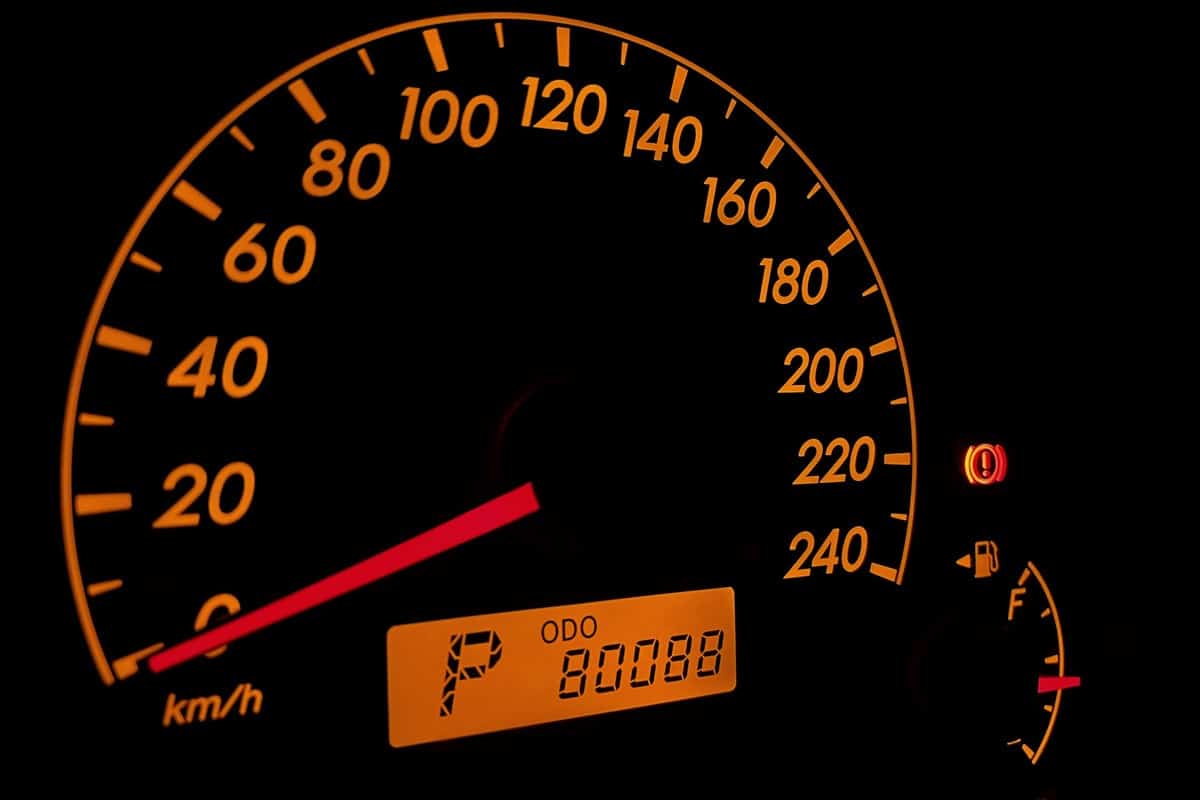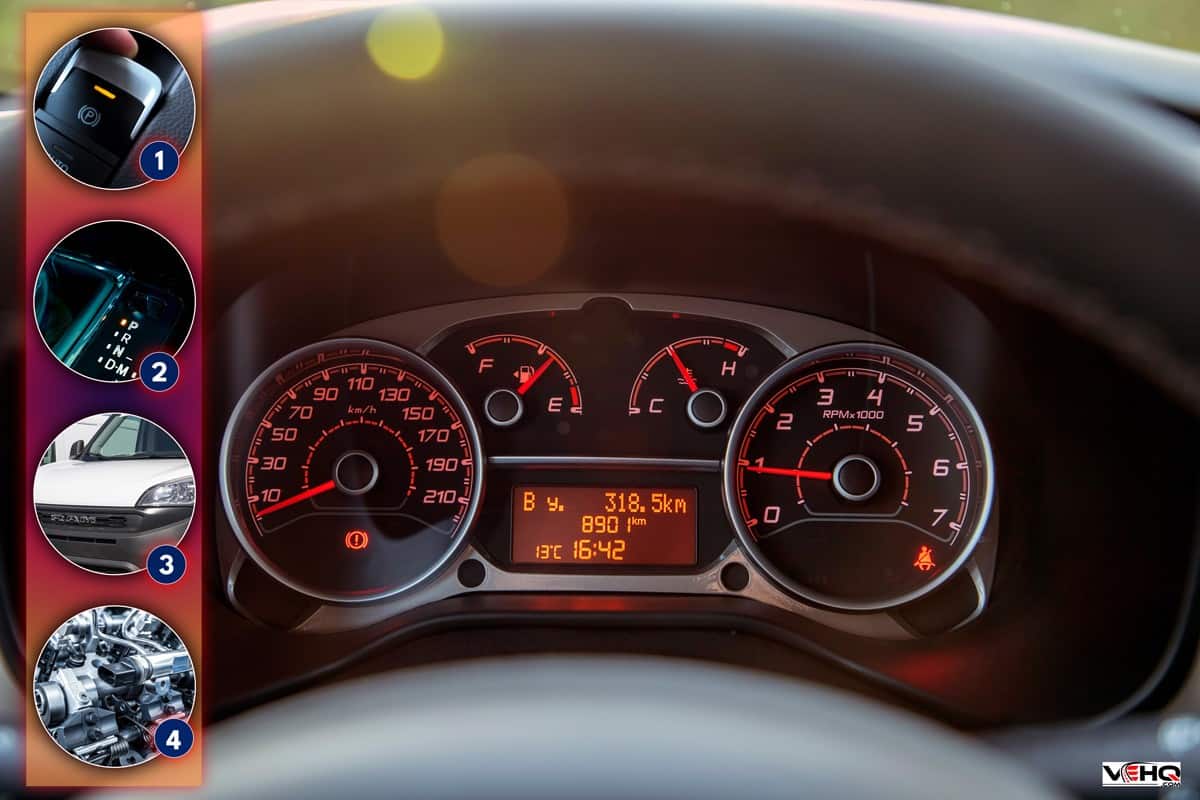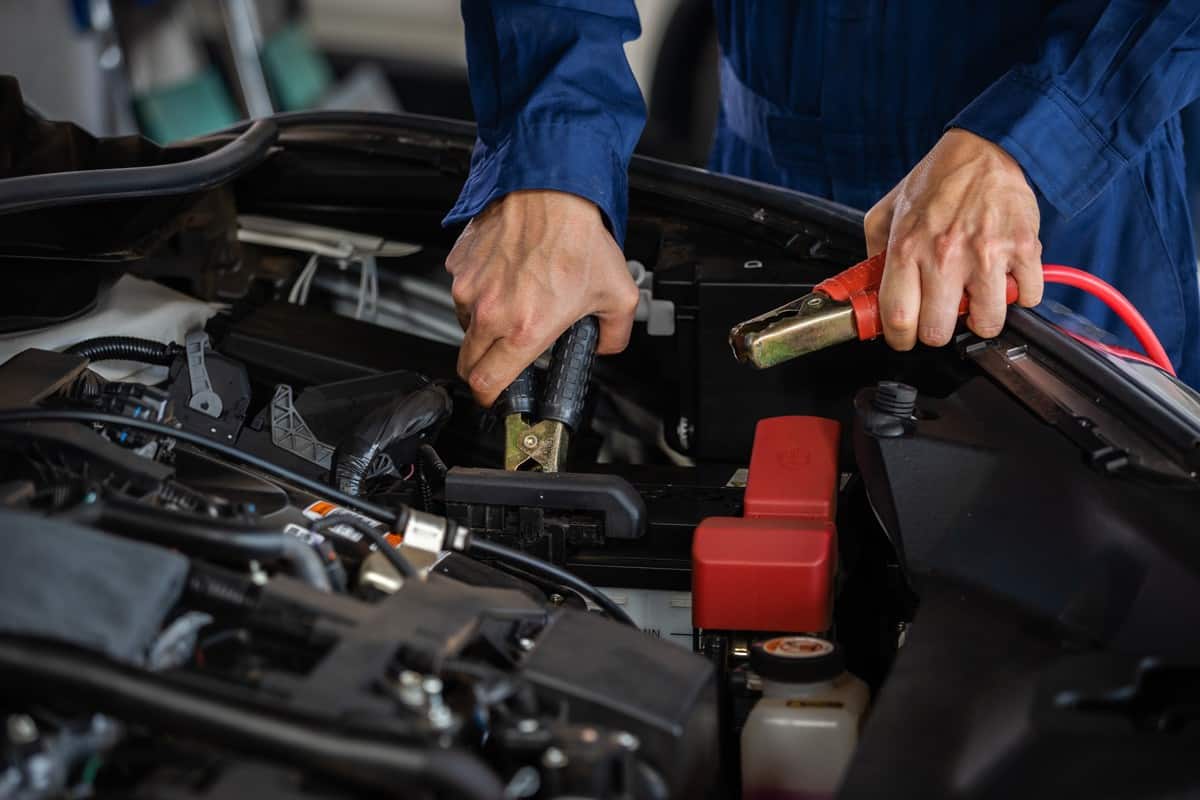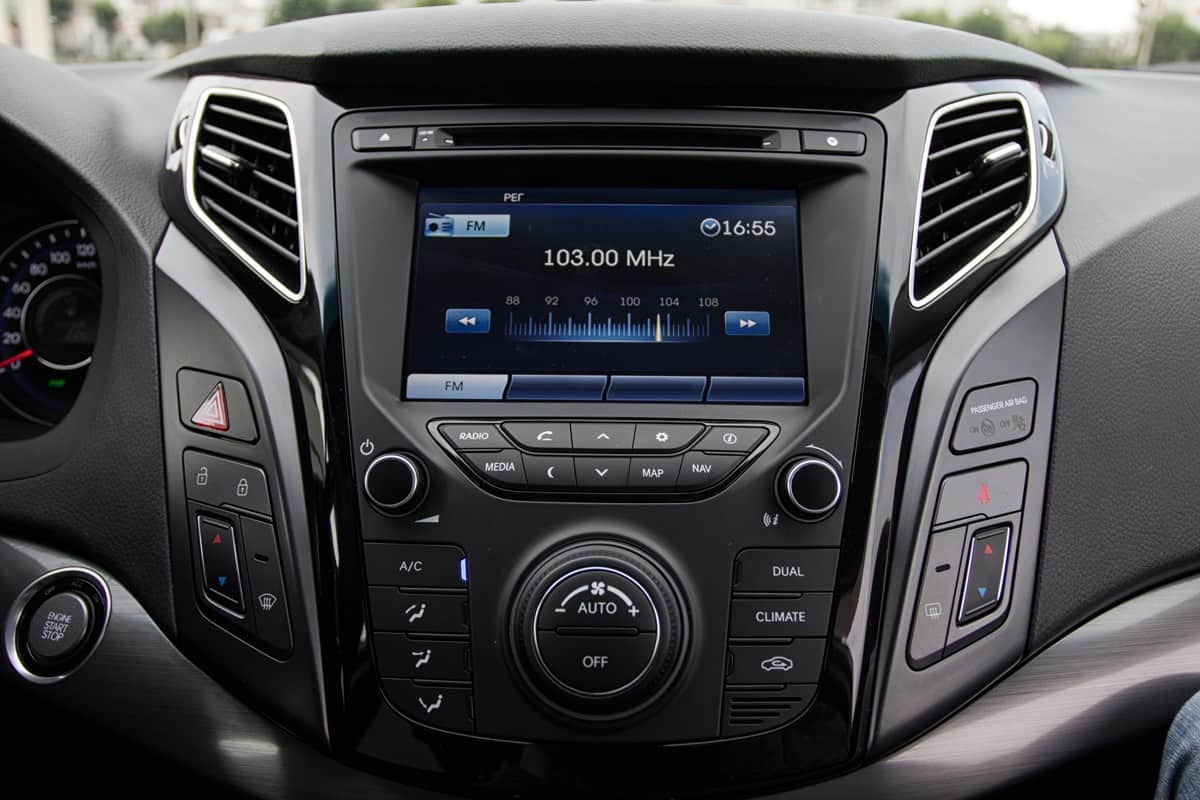Do you have a Ram ProMaster whose odometer is blinking, and do you want to know what is causing it and what you can do about it? You've come to the right place! We researched why this happens and have the answers below.
There are a few reasons why the Ram ProMaster will have a blinking odometer. The most common cause is replacing a faulty component connected to the CAN (Controller Area Network) bus. An example of this component is an airbag module or the OEM radio.
Let's discuss this issue in the succeeding sections and what you can do to fix it.
Why Is The Odometer Flashing In My RAM ProMaster?

The odometer of the Ram ProMaster will flash when the system detects something wrong with the CAN bus. A blinking odometer has the numbers blinking. In some models, the light of the odometer will also blink.
Sometimes your blinking odometer will have a DTC (Diagnostic Trouble Code) or a MIL (Malfunction Indicator Light or Malfunction Indicator Lamp).
Always fix the problem with the MIL first before the blinking odometer. In some cases, the problem with the blinking odometer will also go away after you fix the problem from the MIL.
Here are the common reasons why the odometer is blinking and what you can do to correct the problem.
You Need To Replace Your Airbag
Believe it or not, airbags can last the lifetime of your car.
Thus, airbag replacement is only done when the airbag deploys during a collision or when an issue with the SRS (Supplemental Restraint System) points to the airbag.
Generally, you rarely need to replace an airbag in your vehicle.
However, airbag replacements can trigger a problem with the CAN bus, causing your odometer to blink. Fortunately, there are two ways to fix this issue.
Follow the steps below to do this:
Preparing Your RAM

- Activate the parking brake. This is important because conventional brakes will lose some ability to stop your car during these steps.
- Switch the gear shifter to Park(P).
- Open the hood.
- If the engine is still hot, let it cool a little.
Disconnecting The Car Battery Terminals
- Use a socket wrench to loosen the nut that holds the red cable of your car battery.
- Remove the positive cable connector from the battery terminal.
- Loosen the nut that secures the black cable to the battery.
- Disconnect the black cable from the battery terminal.
- Wrap the two terminals in dry cloth to prevent them from touching.
- Wait for at least an hour.
DEWALT Socket Set is available on Amazon.
You Need To Reconnect The Car Battery Terminals

Disconnecting the cables from the battery terminals drains your RAM ProMaster of any power. Once you reconnect the batteries, the computers inside your RAM will redetect its electrical components.
It will then run a test to check if the components are working.
If the new airbag is working, disconnecting/reconnecting the battery should eliminate the problem.
To reconnect the battery, reverse the steps above.
It's Time To Replace The OEM Radio

Replacing the OEM radio can sometimes trigger the same error on the CAN bus and cause the odometer to blink. This issue can also happen when you replace any OEM electronic equipment on the dashboard with an aftermarket one.
The modules will not be able to immediately detect the replacement, leading to a CAN bus error that causes the odometer to blink.
In these situations, you can follow the same steps above to get rid of the problem.
What Should I Do If My Odometer Keeps Blinking After Removing The Battery?
If disconnecting the car battery doesn't fix the blinking odometer of your ProMaster, then you will need to do a proxy alignment.
This method is more advanced and will require you to have specific tools and equipment.
If you decide that you will not be able to do the steps below after reading through them, you can bring your ProMaster to a mechanic to do the proxy alignment.
The first step is to follow all the steps under the "Preparing Your RAM" section above. You don't need to wait for your ProMaster to cool down to proceed with the following steps.
Establishing Connection
- Connect an OBD-II connector to the OBD-II port on your ProMaster.
-
- You can use a wireless connector.
- A wireless OBD-II connector is more convenient to use. However, it will be more expensive than a standard connector.
- If you're using a wired connector, connect the opposite end to your laptop. If you use a tablet, you must use a wireless OBD-II connector.
-
- Your laptop must have at least Windows Vista.
- Insert the key into the ignition and turn it to the accessory position. This will turn on the power without turning on the engine.
-
- If you're using a tablet, pair it with the wireless OBD-II connector.
OBDLink MX+ OBD2 Bluetooth Scanner is on Amazon here.
Running The Software
- Install a copy of the AlfaOBD software on the laptop or tablet.
-
- Your tablet must be running an Android OS.
- Run the AlfaOBD software.
- Set "Brand" to Dodge/Ram.
- Change "Model" to ProMaster.
- Switch "Function" to Body Computer.
- Select ECU.
- Click "Connect."
- Go to the "Active Diagnostic" tab.
- Select the drop-down menu below the red note above the window. Look for "PROXY alignment."
- Click the "Start" button, then "Next."
- Click "OK" once the process completes.
- Turn off the ignition key. Wait for at least a minute.
- Turn the ignition key back on and reconnect to the laptop or tablet.
- Alpha ODB will give you the message that the process is complete.
What Is The Controller Area Network (CAN) In My Ram Promaster?
There was a time when you can count with the fingers of your hand the components of a car that had wires. As the interest to have safer cars and more fuel-efficient engines grew, cars added components that you need to connect to an electrical power supply or one of your car's computers.
Yes, modern cars have more than one computer.
The increase in the number of electrical components and sensors leads to a proportional increase in the wires that connect these components to the computers.
If a sensor needs to connect to multiple components, the number of wires increases too.
With the advent of hybrid and electric cars, it was necessary to introduce new electrical components to modern vehicles to improve fuel efficiency and reduce emissions.
New sensors and electronic components mean more wires to connect them and provide them with electrical energy.
And it doesn't stop there.
With the rise of the IoT or the Internet of Things, the modern car needs the ability to connect to the internet too. Not only that, but the modern car also requires the ability to connect to devices like mobile phones and supply them with electrical energy.
All of this made it necessary to increase the mass of wires that make up the inside of a modern car. The amount of wires that cars need today and what they will need in the future requires an improvement in how electrical components communicate.
The Development Of The CAN Bus
CAN or the CAN bus means Controller Area Network.
Bus in CAN bus doesn't refer to wheeled transportation, although it is another form of transportation. Instead, it is a computer term that refers to a communications system that electrical components use to share data.
Bus, when in this format, refers to a way to transport data between several devices that speak the same language or protocol.
The CAN bus is not new technology. Its development started in 1983, and the protocol was released at the SAE (Society of Automotive Engineers) in 1986 during a conference in Detroit, Michigan.
Intel introduced the first CAN controller chips in 1987.
The Mercedes-Benz W140 became the first production vehicle to use a multiplex wiring system based on the CAN system.
Bosch published several versions of the CAN specification. The latest version came out in 1991.
In 2012, Bosch released the CAN FD 1.0 specification. It is compatible with the existing CAN 2.0 system. Adding FD to the name represents a flexible data rate.
CAN Application
The OBD-II, or onboard diagnostics, is the capability of modern cars to diagnose and report various vehicle problems. The OBD-II system is mandatory for all vehicles in the US.
The CAN bus is one of the five protocols in OBD-II.
A protocol is a set of rules that devices follow to communicate. A protocol includes rules and guidelines for each step in the communication process between devices.
Although the engine control unit (ECU) is the most complex computer in a modern car, there can be up to 70 separate control units.
These control units do highly specialized functions for your car, like the driver assist system, ABS, cruise control, electronic power steering, etc. Even the power windows and the audio system can have separate control units.
The different electronic control systems monitor their systems. However, cross-communication between these systems is often necessary and beneficial.
This is where the CAN bus helps by providing that communication channel for data sharing between different systems with simplified wiring.
To Finish

Replacing the OEM radio or the airbag will sometimes cause the odometer to blink.
While we have your attention, check out these related vehicle posts:
How To Reset The Oil Light On Ram ProMaster?
What Are The Biggest Tires That Fit A Stock Ram 1500? [Inc. With & Without Air Suspension]


